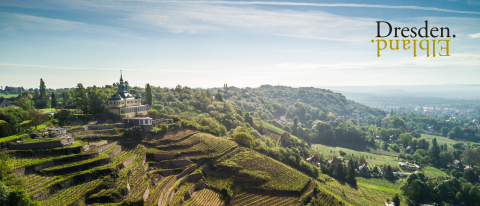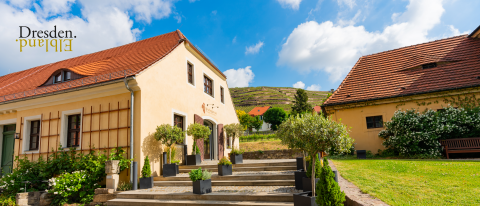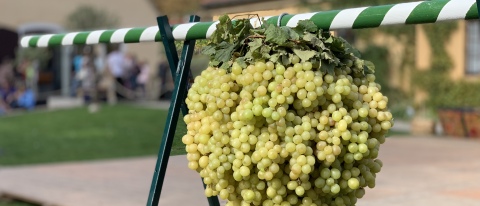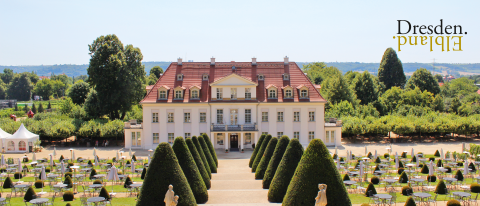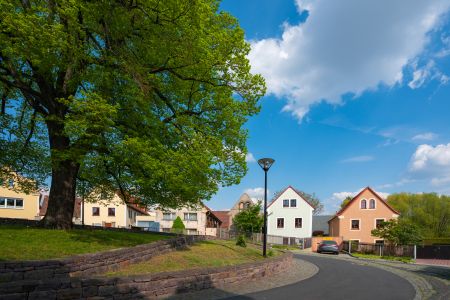Historic Village Green Radebeul
The village of Radebeul was first mentioned in 1349 and consisted of 9 farms at that time. It was thus the smallest of the Lößnitz villages. In the 16th century, 12 and in the 17th century 14 farms were counted. From the small number and the layout of the village centre, it is concluded that Radebeul was founded on a Slavic predecessor settlement.
In 1528, winegrowing was mentioned for the first time in the area of the village. Until the Reformation, Radebeul belonged to the cathedral chapter of Meissen and was subject to the procurator's office. In terms of church and schooling, it was assigned to the municipality of Kaditz.
In 1860, Radebeul received its own railway station, today known as Radebeul Ost station.
Around 1865, more extensive construction began in the area above the railway line. With the expansion of the factory district between the state forest and the railway, the community's rapid development into the most important industrial centre of the Lößnitz began after 1872.
In 1893, Robert Werner was elected full-time municipal councilor of Radebeul. After Radebeul became a "city", he held the office of First Mayor from 1924 to 1927. From then on, Radebeul developed from a relatively insignificant small rural community with 3,000 inhabitants into a prosperous, heavily industrialised city with 12,000 inhabitants.
